Species group P. leucopus Phylum Chordata Rank Species | Scientific name Peromyscus gossypinus Higher classification Peromyscus Order Rodent | |
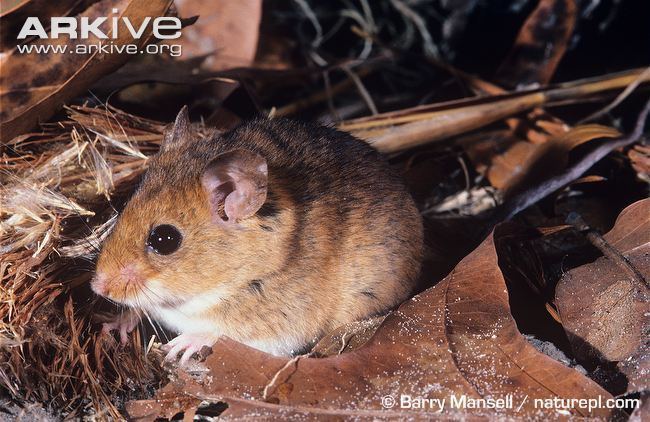 | ||
Similar Peromyscus, Mammal, Eastern woodrat, Rodent, Oldfield mouse | ||
The cotton mouse (Peromyscus gossypinus) is a species of rodent in the family Cricetidae. It is found in the woodlands of the Southeastern United States.
Contents
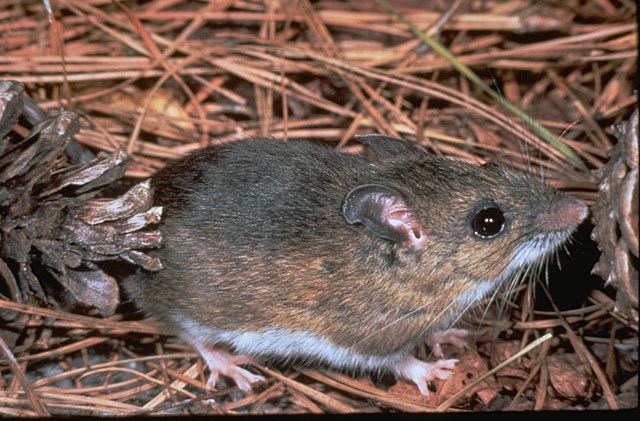
Description

Adults are about 180 millimetres (7.1 in) long, with a tail of about 78 millimetres (3.1 in), and weigh 34-51 g. General appearance is very similar to the white-footed mouse, but the cotton mouse is larger in size and has a longer skull and hind feet. They have dark brown bodies and white feet and bellies.
The common name derives from the observed habit of using raw cotton in building nests.
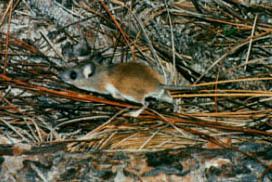
One subspecies, the Chadwick Beach cotton mouse (P. g. restrictus) was last seen in 1938 and is now presumed extinct.
Distribution and habitat
The cotton mouse occurs in the southeastern United States in an area roughly bordered by southeastern Virginia, Florida, Texas and Kentucky. It makes use of a variety of habitats, including hardwood forests, swamps, the margins of cleared fields, edges of salt savanna and dunes, scrub, and rocky bluffs and ledges. They probably prefer terrain that is regularly inundated.
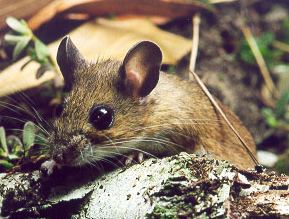
Cotton mouse use underground refuges such as stump holes, tree cavity, root boles, and burrows where they can avoid predators and wild fires. Such underground refuges also provide lower temperature and humidity during the summer season as well.
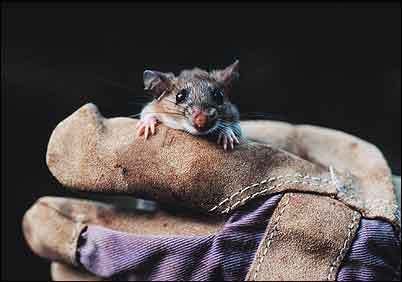
Most Peromyscus species show great decrease in population after fire events through emigration, increase in predation, or from direct damage by fire from loss of habitat/protection. However, due to the behavior of using underground refuges, the cotton mice are to survive with no significant loss of population affected from the forest fire.
Ecology
Cotton mice are omnivorous, and eat seeds and insects. Breeding may occur throughout the year, and usually occurs in early spring and fall. They may have four litters a year of up to seven young, which are helpless and naked at birth. Cotton mice are weaned at 20–25 days, and become sexually mature around two months. Lifespans are four to five months, with a rare few living to one year. They are preyed upon by owls, snakes, weasels, and bobcats.
The golden mouse (Ochrotomys nuttalli) has similar characteristics and share similar habitat and geographic regions with the cotton mouse. The coexistence of the two being possible when sharing similar habitat was due to their use of the common refuges had different daily and seasonal patterns. The cotton mouse showing broader selection in choosing refuges as they switch from one to the other is suggested to be the most significant component for such relationship to be possible.
Due to their small population size and reduced chances of reproduction, evidence for cotton mouse hybridizing with white-footed mouse has been found. Although they are known to be conspecific, hybridization will occur when there are limited option for reproduction. Identification was done through toe-clip sampling, and by analyzing the samples it was possible to find relationship of hybridization between the cotton mouse and the white-footed mouse(Peromyscus gossypinus megacephalus) based on a heterozygous GPI-1 marker. Additional evidence for hybridization was through comparison of body mass and hind foot length differentiating among areas scarce in cotton mouse population to higher populated areas.
